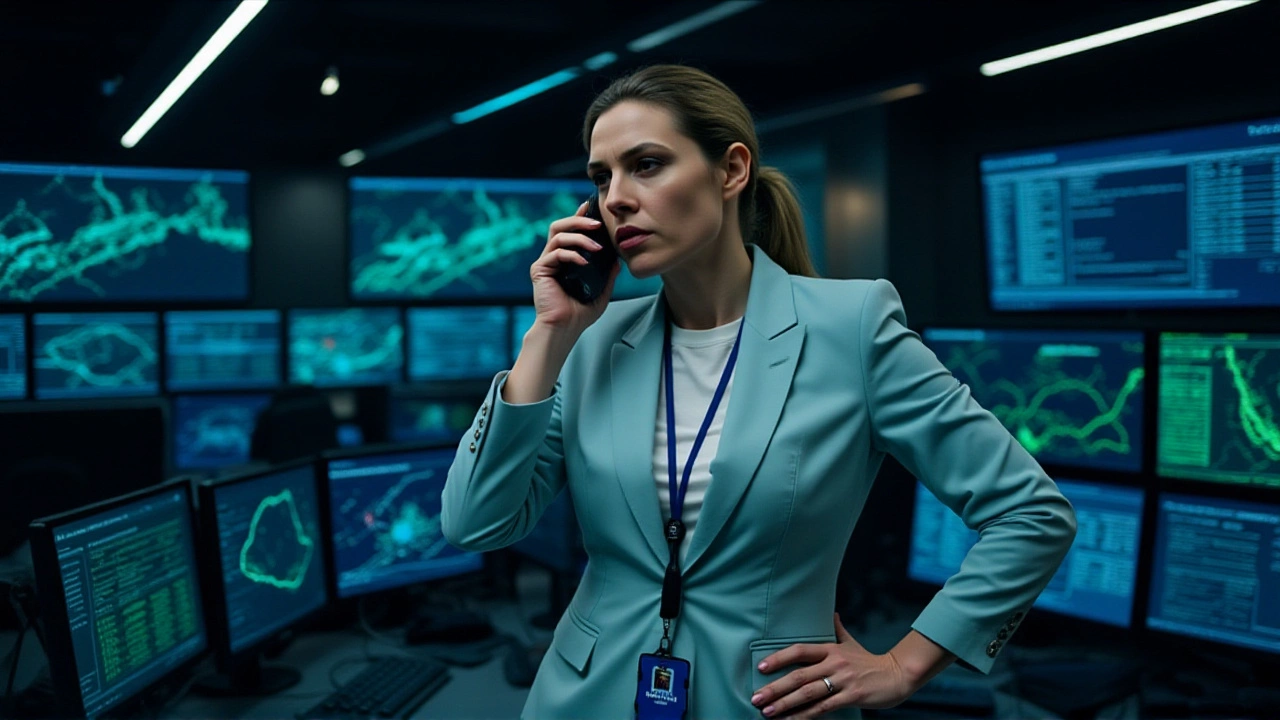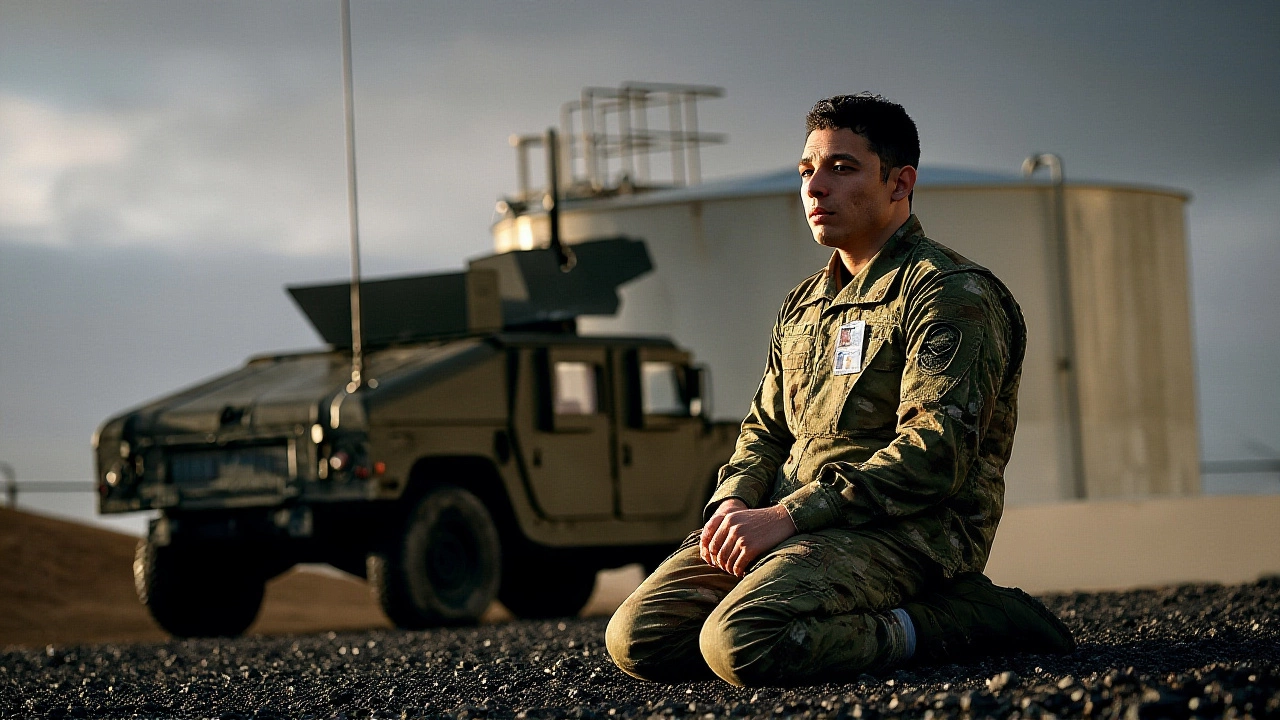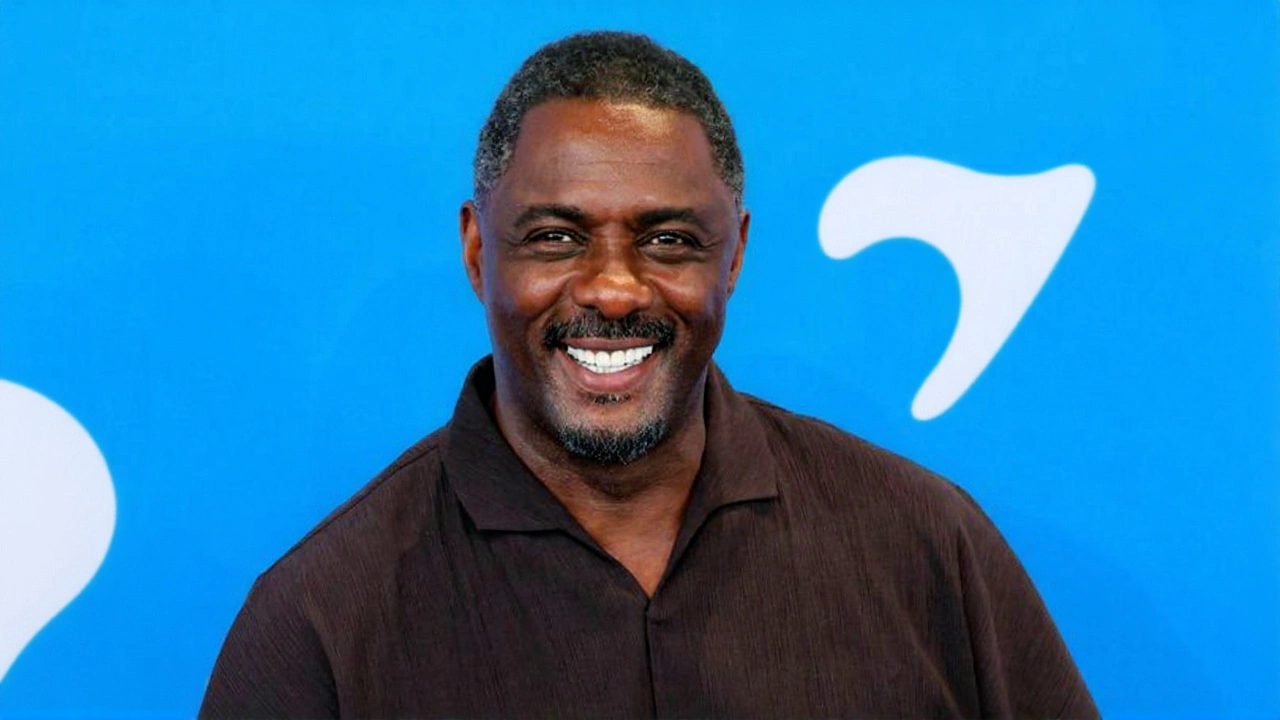
When Kathryn Bigelow unveiled A House of Dynamite at the Venice Film FestivalVenice on September 2, 2025, the buzz was immediate: a seasoned director tackling the high‑stakes world of nuclear crisis with a procedural edge. The film hit U.S. theaters in a limited run on October 10, then streamed worldwide via Netflix on October 24. Front‑and‑center is Idris Elba, playing a chief executive forced into a showdown with the stoic General Baker (portrayed by an as‑yet‑uncredited actor) as a rogue warhead barrels toward an unnamed major American city. The premise alone feels like a press‑release for a government drill, but the execution? That’s where opinions split.
Premiere, Release Strategy, and Early Numbers
The festival debut set a tone of gravitas: the opening sequence—a tense, ticking‑clock montage of emergency responders—earned a standing ovation. After the Venice run, the limited‑theater window was deliberately brief, a move reminiscent of indie‑sized blockbusters that want to capitalize on word‑of‑mouth before the Netflix drop. Early box‑office reports show the film pulling in roughly $1.2 million across 124 screens—a modest showing, but enough to fuel conversation ahead of the streaming launch.
Plot Skeleton and Thematic Core
At its heart, the story follows the executive (Elba) as he navigates a labyrinth of protocol manuals, political pressure, and a ticking nuclear threat. A pivotal exchange—"This is insanity," he snarls, to which General Baker replies, "This is reality"—captures the film’s central dilemma: the gulf between rehearsed contingency plans and the visceral chaos when those plans are tested.
The narrative is divided into three parts, each revisiting the same 15‑minute window from a new perspective: first the executive’s boardroom, then the military command center, and finally the civilian emergency services. This structural choice aims to paint a kaleidoscopic picture of crisis management, but it also becomes a double‑edged sword.
Directorial Style: Verité Meets High‑Tech Thriller
Bigelow leans heavily into a cinéma vérité aesthetic, borrowing the handheld, observational camera work that made Paul Greengrass’ United 93 feel unsettlingly immediate. The result is a series of shaky‑cam sweeps through control rooms, frantic radio chatter, and street‑level panic that often feels more documentary than drama. Roger Ebert praised this approach, writing that the director’s “pinpoint accurate or merciless” execution turns “hypothetical nuclear scenarios into narrative actuality.”
Yet the same realism that grounds the opening quickly becomes a stylistic crutch. By the second act, the film repeatedly rewinds the same moments—sometimes minutes, sometimes seconds—to show a different angle. Some viewers find this technique enlightening; others, as noted in a scathing IMDb review by user "eternalityX," claim it “breaks immersion” and feels like a gimmick meant to stretch runtime.

Critical Reception: A Split Verdict
Aggregators paint a mixed picture. Rotten Tomatoes lists the film as a "superb procedural thriller that favors observation over conventional plotting," echoing the praise for its verité roots. However, the consensus also flags “repetitive structure” as a sticking point.
Ebert’s review highlighted the human element: "The personnel depicted here have been thoroughly trained to deal with this eventuality. But once the eventuality is ongoing, these folks can't help but fall apart." That line underscores a thematic ambition: exposing the limits of even the best‑trained crisis teams when theory collides with reality.
On the audience side, the IMDb rating sits at 6/10. "The opening is a solid 10/10 – easily one of the best openings I've seen," the user writes, but adds that “starting from the second part, things begin to fall apart,” citing the repeated rewinding as the culprit. Other commenters praise Elba’s intensity, noting his ability to convey panic without melodrama, while some criticize the lack of a clear resolution in the third act.
Box Office, Streaming Performance, and Audience Outlook
While theatrical earnings remain modest, early streaming data (though not publicly broken down) suggests a surge in viewership the first weekend after the Netflix release, with social‑media mentions spiking by 42 % compared to the film’s opening weekend. The timing—late October, close to the Halloween binge‑watch period—likely helped. Analysts predict the film will become a staple for viewers who enjoy tense, policy‑driven dramas, much like Zero Dark Thirty found a second life on streaming platforms.

Implications for the Nuclear Thriller Genre
Bigelow’s gamble with a fragmented narrative might encourage other filmmakers to experiment with multi‑perspective storytelling in high‑stakes settings. If the film’s “what‑if” scenario feels too close to reality—for some, a chilling reminder of Cold‑War anxieties—it could also spark renewed public interest in nuclear policy discussions, especially as current geopolitical tensions keep the topic hot.
In short, A House of Dynamite offers a powerful opening, a thought‑provoking premise, and a visceral look at crisis leadership, but its structural ambition sometimes overshadows its emotional payoff. Whether you leave the theater (or your couch) feeling exhilarated or frustrated may hinge on how much patience you have for narrative gymnastics.
Frequently Asked Questions
How accurately does the film portray real nuclear emergency protocols?
The film’s consultants included former FEMA officials, so many of the procedural details—like the “golden hour” decision window and the layered chain‑of‑command—are grounded in actual U.S. emergency guidelines. However, dramatization squashes timelines; in reality, a warhead’s trajectory would be tracked over hours, not minutes.
What impact might the movie have on public perception of nuclear threats?
By humanizing decision‑makers and showing the thin line between order and panic, the film could heighten awareness of how fragile crisis response can be. Past thrillers like Dr. Strangelove influenced public debate; this one may prompt renewed conversation about modernization of missile‑defense systems.
Why did critics love the opening but criticize later parts?
The first fifteen minutes deliver non‑stop tension and a clear visual language, setting expectations high. Subsequent sections recycle the same footage from alternate angles, which some see as deepening perspective, while others feel it stalls momentum and dilutes the initial urgency.
Will the film be nominated for any awards?
It’s already on the buzz list for the upcoming Critics’ Choice Awards, mainly for Elba’s performance and Bigelow’s direction. Whether it secures a nomination at the Oscars remains uncertain, as the Academy tends to favor more traditionally structured dramas.
Is there a chance for a sequel or expanded universe?
Netflix executives have hinted at interest in “continuing the story of crisis management,” but no official green‑light has been announced. A sequel could explore a different threat—perhaps cyber‑warfare—while retaining the multi‑viewpoint format.
 Entertainment
Entertainment